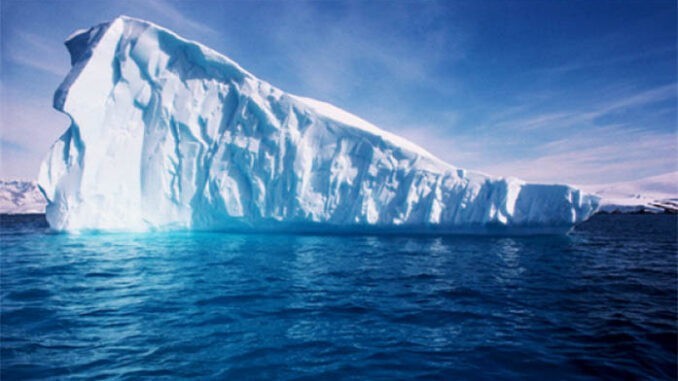
Last week I commented on the hype surrounding glaciers in the Amundsen Sea in West Antarctica (link to article below). The West Antarctica Ice Shelf represents just eight percent of ice covering Antarctica and the glaciers in question represent just 10 percent of the West Antarctica Ice Shelf or less than one percent of total Antarctica continental ice.
This week we have a new paper in Geophysical Research Letters (press release and links) which deals with Antarctica as a whole.
Researchers from the UK Centre for Polar Observation and Modelling [British spelling] used data from the European Space Agency’s CryoSat-2 satellite to measure altitude changes in Antarctica. They interpret changes in altitude to represent ice loss of 159 billion metric tons (159 gigatonnes) of ice each year from 2010 to 2013. Since they are measuring altitude, they can’t really tell if the ice has been melting or sublimating.
Of the 159-gigatonne loss, “On average West Antarctica lost 134 gigatonnes of ice, East Antarctica three gigatonnes, and the Antarctic Peninsula 23 gigatonnes in each year between 2010 and 2013 – a total loss of 159 gigatonnes each year.” Note that East Antarctica represents about 92 percent of the total area of the continent and that area had very little loss.
While 159 gigatonnes sounds like a lot of ice, it’s loss has minimal effect on global sea level. The researchers estimate that such a loss could increase global sea level by 0.45 millimeters per year, less than half the thickness of a U.S. penny. That translates to 1.7 inches per century.
Let’s do some speculation. In the metric system, one gigatonne of water occupies a volume of one cubic kilometer. According to Wikipedia, Antarctica holds 26.5 million cubic kilometers of ice. Using the figures above, we can calculate that if the entire ice sheet on Antarctica melted, it could raise sea level by 73.7 meters or 241 feet. At the current rate of melting, that would take 161,000 years. The Earth would probably have gone through another glacial epoch and be in another interglacial by that time, and Antarctica would still be covered by ice.
Add to the mix: NASA satellites show that Antarctica surface temperatures have been slightly cooling for the past 35 years and the extent of southern hemisphere sea ice has been increasing at least since 1979.
See also:
